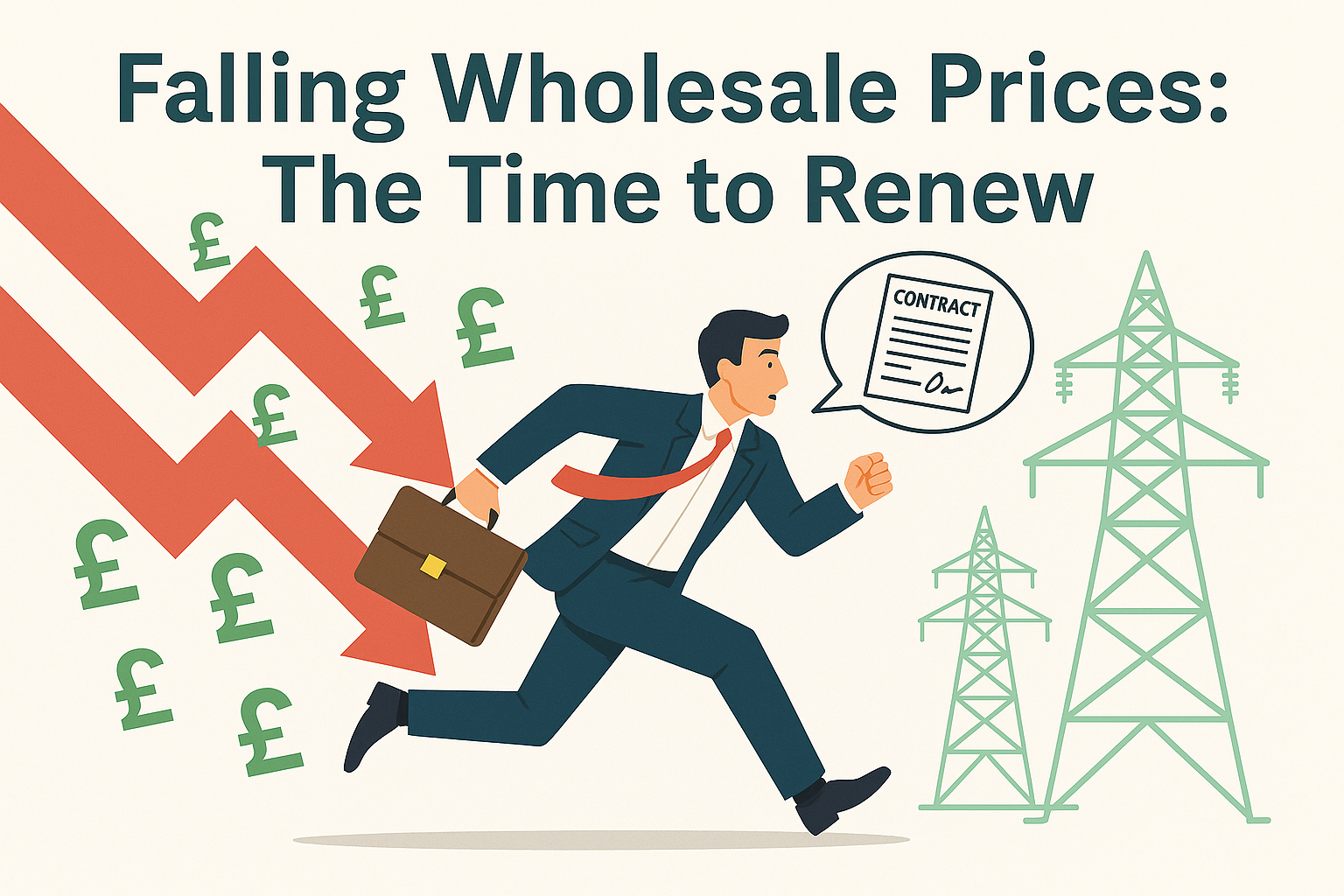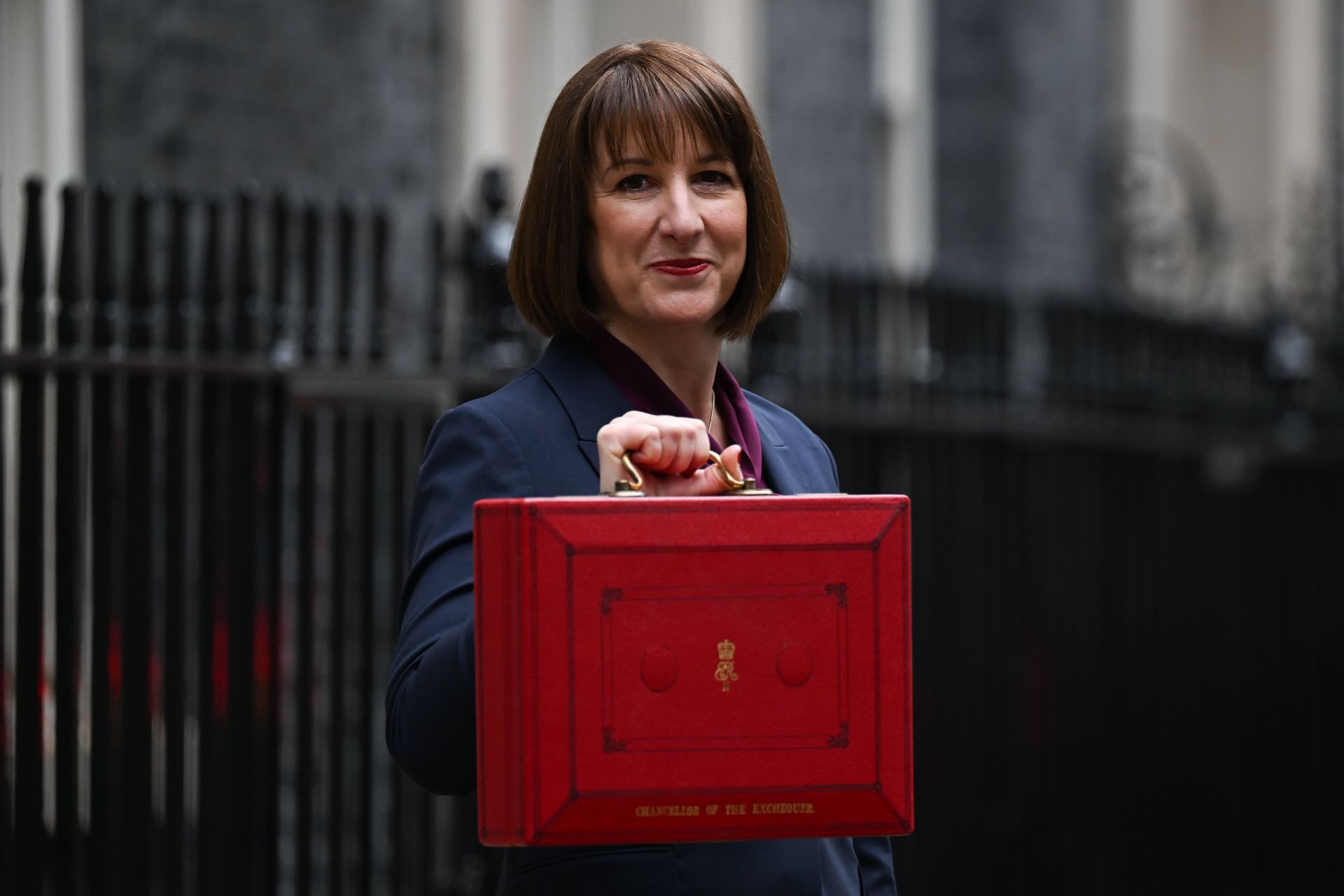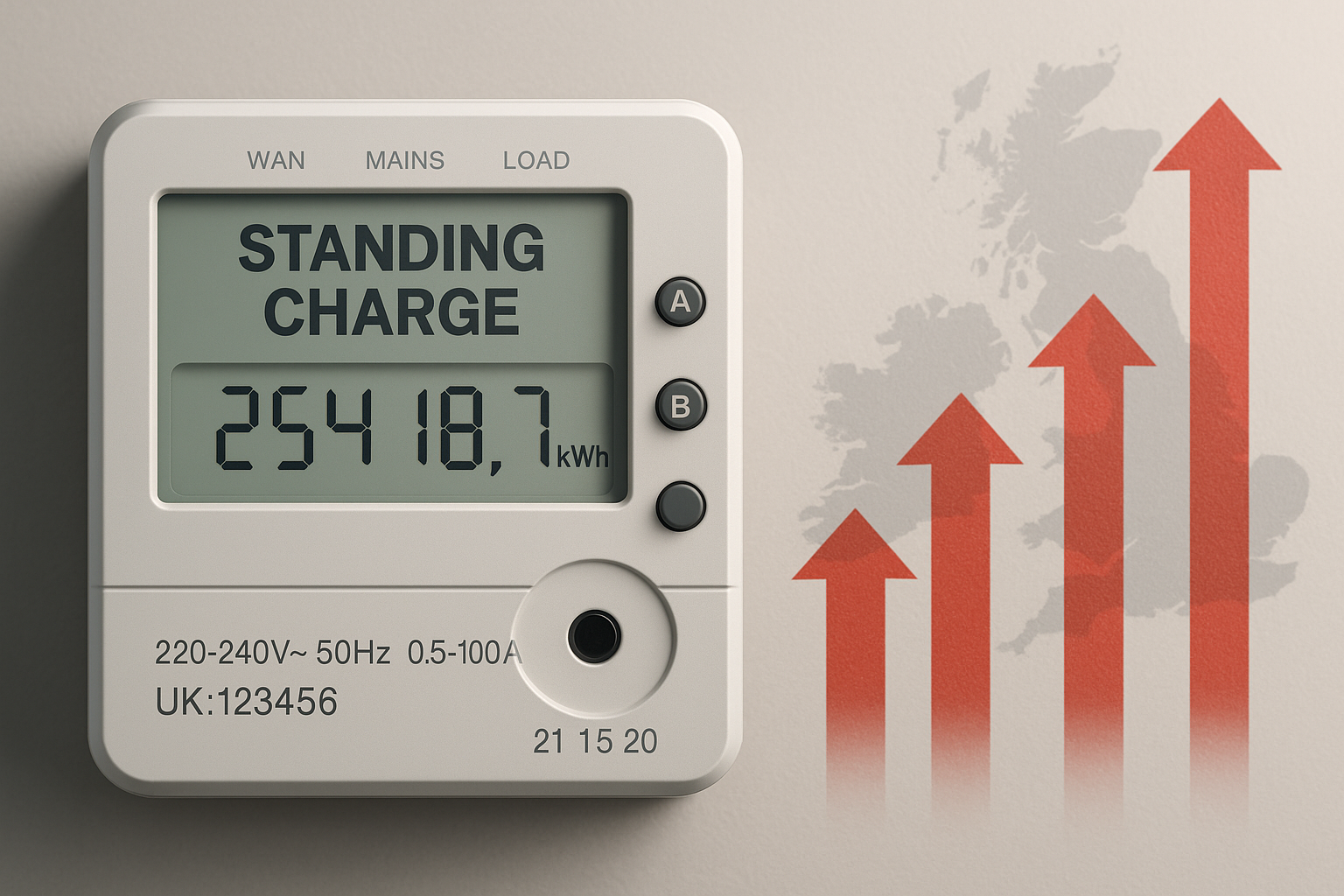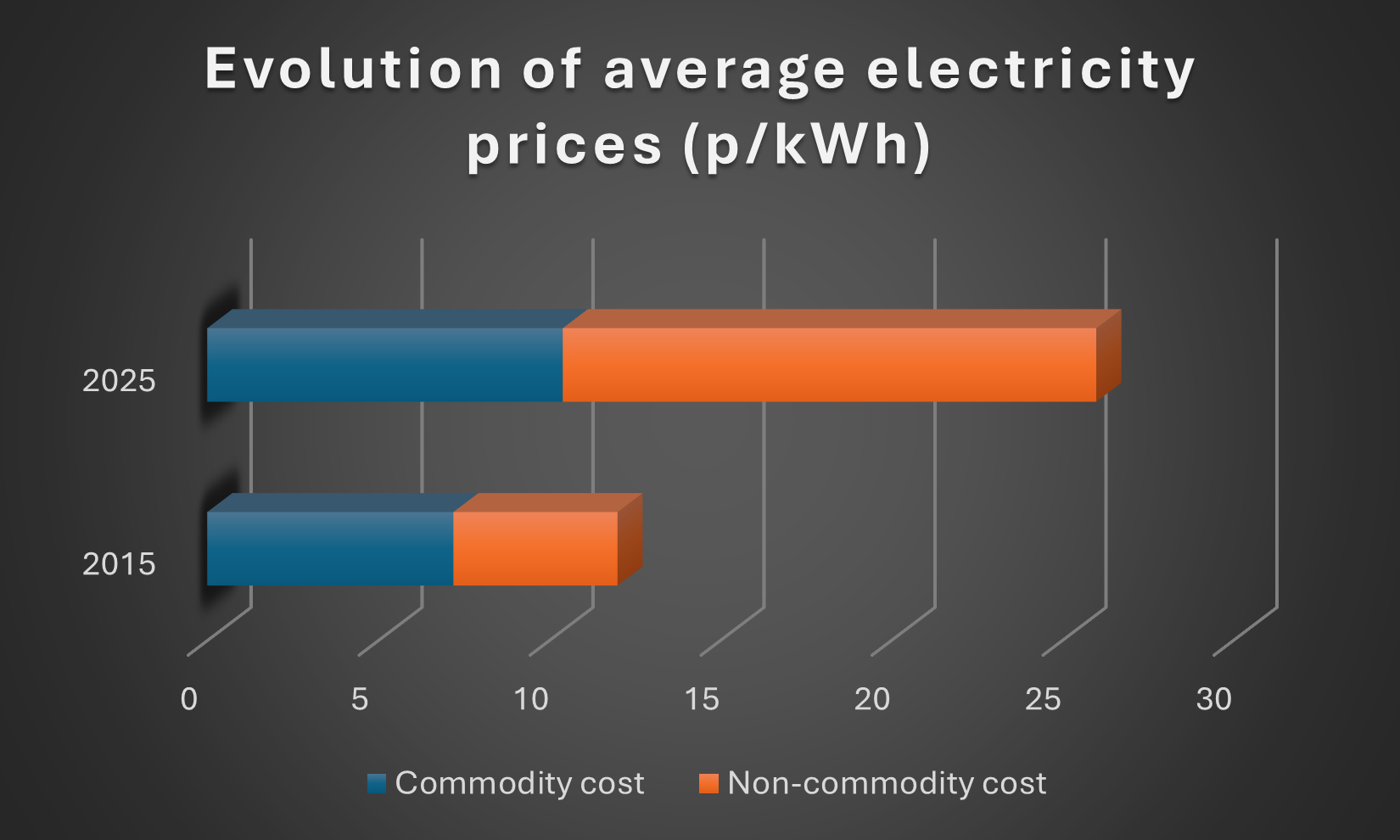The Rise and Fall of the DA Market
Over the past 12-18 months, there's been a significant amount of well publicised turmoil and uncertainty within the energy markets, and for many businesses they've been stuck between a rock and hard place when it's come to understanding the best way to protect and future proof their business when needing to negotiate and secure extensions to their Electricity supply contracts.
The post-Covid energy market was struggling to regain stability long before the Russian invasion of Ukraine back in March 2022, but the volatility reached record levels with a constant upward trend of pricing across all seasons between Jun'22-Jan'23, a rise which resulted in Government support arriving in the form of the EBRS, designed to help business between Oct'22-Mar'23. The EBRS offered hope by protecting contracted rates with varying levels of discount depending on when agreements were secured, however with delays and confusion on how the discount would be applied, customers were subject to agreeing contracts without knowing the billed rates, which in-turn appeared to be considerably more than first anticipated.
One of the factors creating the confusion was the inability for customers and brokers to decipher how suppliers breakdown their costing of the 'Commodity' and 'Non-Commodity' elements which make up the fully delivered cost of the p/kWh customers pay for their Electricity.
As the EBRS discount only applied to the 'Commodity' element, there was a huge need to clarify this separation but as is often the case, disclosure and transparency of the Commodity costings weren't available, leaving a guessing game which had hundreds and thousands, sometimes millions on the line when it came to forecasting budgets for businesses across the EBRS period.
As time has moved, it's become evident that a large number of suppliers struggled to price with consistency throughout this period and with prices quoted around the £1/kWh figure at various points in Aug/Sept, the fallout for some businesses could last long into the future as they struggle to navigate the cost impact and balancing act of energy spend vs core business costs elsewhere.
So what can we learn from this and how can we protect ourselves from the risk of similar challenges re-surfacing within the markets as we move forwards?
For me, I believe the answer lies within the transparency and retrospective review of the Day Ahead (DA) markets.
Whilst the focus of this article is on the Electricity Market pricing, the DA for Gas pricing is somewhat transferrable in theory and the considerations of the DA benefits moving forwards resonate for both.
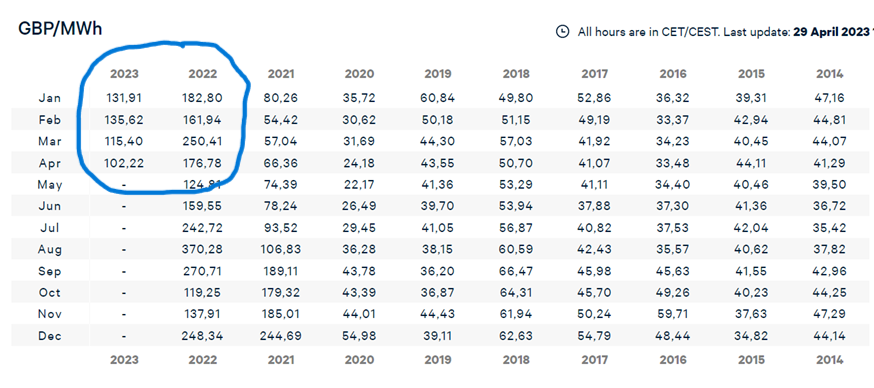
The settled DA Prices per Month over the last 10 years
Using the above information taken from NordPool, it evidences how the DA markets have settled every month for the past 10 years, dating back to 2014.
Just for early reference, the DA markets are priced daily and their costs are usually dictated by the demand and available supply within that day, forecasted the day ahead.
You cannot agree to buy energy at the DA price, instead you are settled at the average cost of the market at the end of each month.
With this strategy there's usually a huge amount of associated risk, in the sense you move into each month not knowing your potential cost exposure, and there's no ceiling what the costs could be, but this is where history and a retrospective review tends to start easing concerns.
Prior to the conclusion of 2020, no month had ever settled above £70/Mwh, which translates to 7p/kWh on the commodity. This despite multiple periods of political conflict, the passing of worldwide targets to reduce global emissions & change the way energy is generated and the rise of global warming, which has increased the unpredictability of seasonal demand for energy across the UK.
Whilst non-commodity costs have risen over this period and a definitive cost for the whole date range can't be exact, a high end average 50/50 split would have seen another 7p/kWh added to deliver a final cost of Electricity at 14p/kWh in the worst month (Most months would have settled around or below 10p/kWh).
Following 2021 and the resulting market challenges, the DA has increased considerably, throughout 2022 the monthly average was just above £203/Mwh, which equates to a 20.38p/kWh unit rate for Commodity.
If we then look to double the 7p/kWh of Non-Commodity charges from 2020 to reflect the increases that have come within transportation, distribution, and other levy's, we'd have a 14p/kWh non-commodity cost to add to the 20.38p/kWh commodity, which averages at approximately 35p/kWh.
Now we fully appreciate 35p/kWh still presents significant challenges for most businesses, especially those within energy intensive industries, however when the market was quoting unit rates in excess of 60p/kWh and ranging as high as £1/kWh as previously mentioned, you begin to see how much risk suppliers are factoring into longer term fixed contracts, risk which in reality never materialises when using the DA settlement as your evidence.
As we approach the midway point of 2023, we're starting to see a small period of stability within the markets, however prices predominantly still sit north of 30p/kWh, which is not likely to fall too dramatically any time soon as we'll soon be creeping towards winter months once again where prices typically rise. However, when we reflect and compare the first 4 months of 2022 with those of 2023, we can see that the average DA pricing between Jan-Apr has fallen from an average of £193.48 (2022) to £121.28 (2023), which is a reflective 7.2p/kWh saving (a 37% reduction), something which I feel certainly acts as a sign of optimism.
Now for the average manufacturing business using approximately 500,000kWh per annum (45,000 per month), that's the equivalent of almost £13,000 savings in 4 months, which equates to a forecasted £39,000 saving over the year if the trend continues.
With this in mind, the question becomes how can businesses access the DA markets, and is this something for you to consider in advance of your next renewal period.
Unfortunately the DA pricing can only be accessed via a Flexible Energy Contract and in order to access one of these, you're annual usage volume needs to reach a certain level of consumption, however the potential is there to collaborate with other like minded businesses and work within a basket or consortium that will see you benefit from a more sophisticated purchasing strategy, managed and accounted for by an experienced energy consultant.
At this time, I'd strongly recommend that early engagement will help businesses better prepare for every eventuality and with the right thresholds and parameters agreed, a bespoke renewal strategy can be tailored and managed by a consultant behind the scenes, only engaging when the market reaches triggers that warrant further conversation.
If that's support that you feel would interest you and your business, get in touch and I'll happily work to create a renewal strategy that works best for you and your business, whilst providing the confidence and accountability that allows you to revert back to the core focus and operations needed in other areas of the organisation.
To learn more about how I can help, feel free to contact me at craig@seemoreenergy.co.uk
